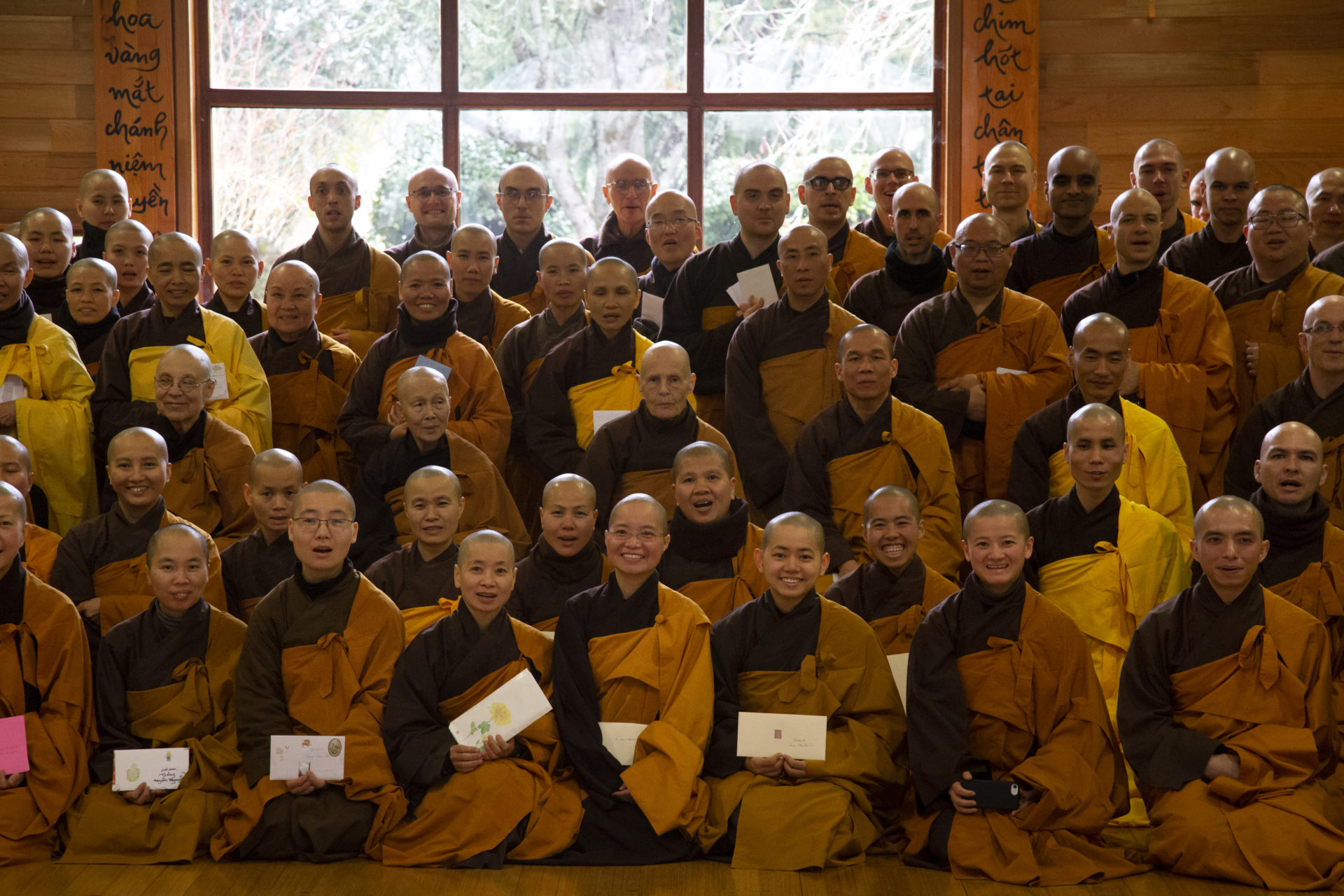The Buddhist Path that Transformed Tina Turner
Tina Turner credited her Buddhist practice for her survival, success, and happiness. Following her passing, Donald Brackett looks at the legacy she leaves behind. The post The Buddhist Path that Transformed Tina Turner appeared first on Lions Roar.

From humble beginnings to global stardom, Tina Turner credited her Buddhist practice for her survival, success, and happiness. Following her passing, Donald Brackett shares how her journey exemplifies resilience and looks at the profound legacy she leaves behind.

Tina Turner, November 1972, performing at Musikhalle Hamburg. Photo by Heinrich Klaffs.
“The Buddhist concept of changing poison into medicine works,” said Tina Turner in a 2018 interview with Living Buddhism. “My life has proven it.”
Now, Tina Turner’s life has come to a close. At 83, she passed away at her home in Switzerland on May 24, 2023, with her beloved second husband Erwin Bach at her side.
Turner’s last decade was one of great suffering. The cancer that eventually took her from us persistently haunted her, kept in check with dialysis and even a kidney transplant from Bach. Despite her illness, this past decade was also a time of distinct revelation for those of us following her lengthy career as a gargantuan entertainer, artist, woman, and philanthropist.
Tina Turner is a lesson in both endurance and triumph.
When I learned of her passing, my mind first went to reincarnation. Given how far she progressed from her humble beginnings as Anna Mae Bullock from Nutbush, Tennessee to the towering goddess figure on the global music stage we all know, my initial thought was that she might directly assume the mantle of a dakini — the feminine manifestation of compassion and wisdom. But Turner, humble and unassuming no matter how mega a star she was, would have scoffed at such a grandiose notion. I’ll personally entertain the idea anyway.
In 2011, Lion’s Roar published an interview with Tina Turner conducted by editor Andrea Miller, which explored in considerable depth Turner’s serious commitment to Buddhist practice and the huge role she believed it played in her salvation and reclamation, both as a person and as an artist. While the interview confirmed her dedication to a lifelong path that first began by accident back in 1974, for some members of the public it may have been one of the first indicators for just how serious a practitioner Turner really was. In 2018, deep into the midst of her life-threatening illness, she further shared with the Living Buddhism editors how she situated her spiritual path and faith in humanity as part of her activity as a creative artist. My book on her saga, Tumult: The Incredible Life and Music of Tina Turner, tries to situate her art within her spiritual practice.
“Music can build bridges between ‘you’ and ‘me,’ ‘us’ and ‘them,’” she explained. “I feel strongly that it is now time for the world to move beyond such divisions into a greater spiritual connection. I have never separated my spiritual practice from my life as a rock singer. When I was going through the hardest times of my life, I was chanting Nam-myoho-renge-kyo. And chanting helped me and changed my life for the better. I’ve left a good body of work as a rock singer, and I’ve always made it very clear that it was all because of my spiritual practice.” By this statement, I believe we can infer not that her music was about the content of her practice, but rather that without her practice she may never have even survived.
The legacy of Tina Turner is one that honors all women who were strong enough to leave their abusive situation — her first husband was the notoriously abusive Ike Turner who first introduced her to the recording industry — but also all those who were not. Being righteous is, in many respects, a full-time job, and in addition to being an entertainer of obvious scale and scope, she is also a lesson in both endurance and triumph. Her initial encounters with Buddhism were more of a survival mechanism than a search for enlightenment — that part came later.
As she herself put it in an interview with Oprah Winfrey in 2013, “My legacy is that I stayed on course, from the beginning to the end, because I believed in something inside of me.” Like all of us, Turner carried within her a seed of buddhanature, and in her case it was writ large.
Sometimes the most important things that happen to creative artists are accidents of fate or destiny, for someone like Turner, however, a firm believer in the principle of karma, there are no accidents, even the ones that at first seem tragic. Some kind of deliverance seemed to manifest itself out of nowhere in 1974, when her then-husband Ike introduced Turner one afternoon to Valerie Bishop, a member of the Soka Gakkai community, a form of Nichiren Buddhism. Bishop introduced the depressed Tina Turner to the meditational prayer chanted in all forms of Nichiren Buddhism: nam-myo-ho-renge-kyo. This chant is an expression of homage to the Lotus Sutra teachings as taught by the sage Nicherin Shonin himself, a Buddhist teacher active in the Kamakura period, around 1250.
After what Turner saw as her waking-up from a bad dream, for many years she attributed her ongoing solo success — and her life happiness in general — to Buddhism. The practice, she shared, not only transformed her life emotionally, but also, she believed, literally saved her life. Two years after Bishop introduced her to Soka Gakkai, she left Ike, filing for divorce in 1976. The divorce was finalized another two years later. She stated about that time that her embrace of Buddhist meditation and chanting practices helped her survive the ravages of their suffocating relationship. She also developed those uncanny skills that enabled her to connect with so many of her fellow mortals at such a deep heart-to-heart level. She was ready for new challenges, even if some of them required a certain amount of humility and patience until she paid her solo career dues after her early success as part of the Turner Revue.
But that was all right with Turner, since prior to her comeback breakthrough with Private Dancer in 1984, she knew that she had already overpaid her dues and that she deserved some karmic payback. The rest of her career was all her and her incredible voice. As an instrument, her voice certainly needed to be powerful enough to become transcendental, and indeed it did. Juggy Murray of Sue Records described her as early as 1959 when she still only nineteen: “Her vocals sounded like screaming dirt…it was a funky sound.”
Sure enough, her payback was already on its way. It would last through a magnificent stellar star turn earning her the title “Queen of Rock ‘n’ Roll, selling more than 200 million records and garnering eight Grammy Awards from twenty-five nominations, three Hall of Fame Awards, a Kennedy Center for the Arts Honor, and a Guinness Book of Records Prize for selling more live concert tickets than any other performer in history.
But deep down inside, somehow and against all odds, the megastar rock goddess always remained inherently that same humble Baptist gospel girl from Nutbush, Tennessee. Somewhere along the way, Anna Mae Bullock seemed to have figured out something that the playwright G.B. Shaw once characterized in the most salient way possible: “Life is not about finding yourself, it’s not about finding anything at all, it’s only about creating yourself.”
She’s done this right from her beginnings and succeeded in her chosen life by continuing to create and recreate Tina Turner. A global rock star and humble everyday Buddhist, Tina Turner had also finally created a truly happy version of Anna Mae Bullock. One we will all miss.

 JimMin
JimMin 
































